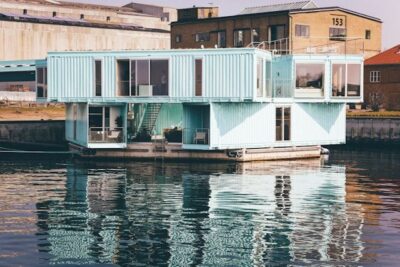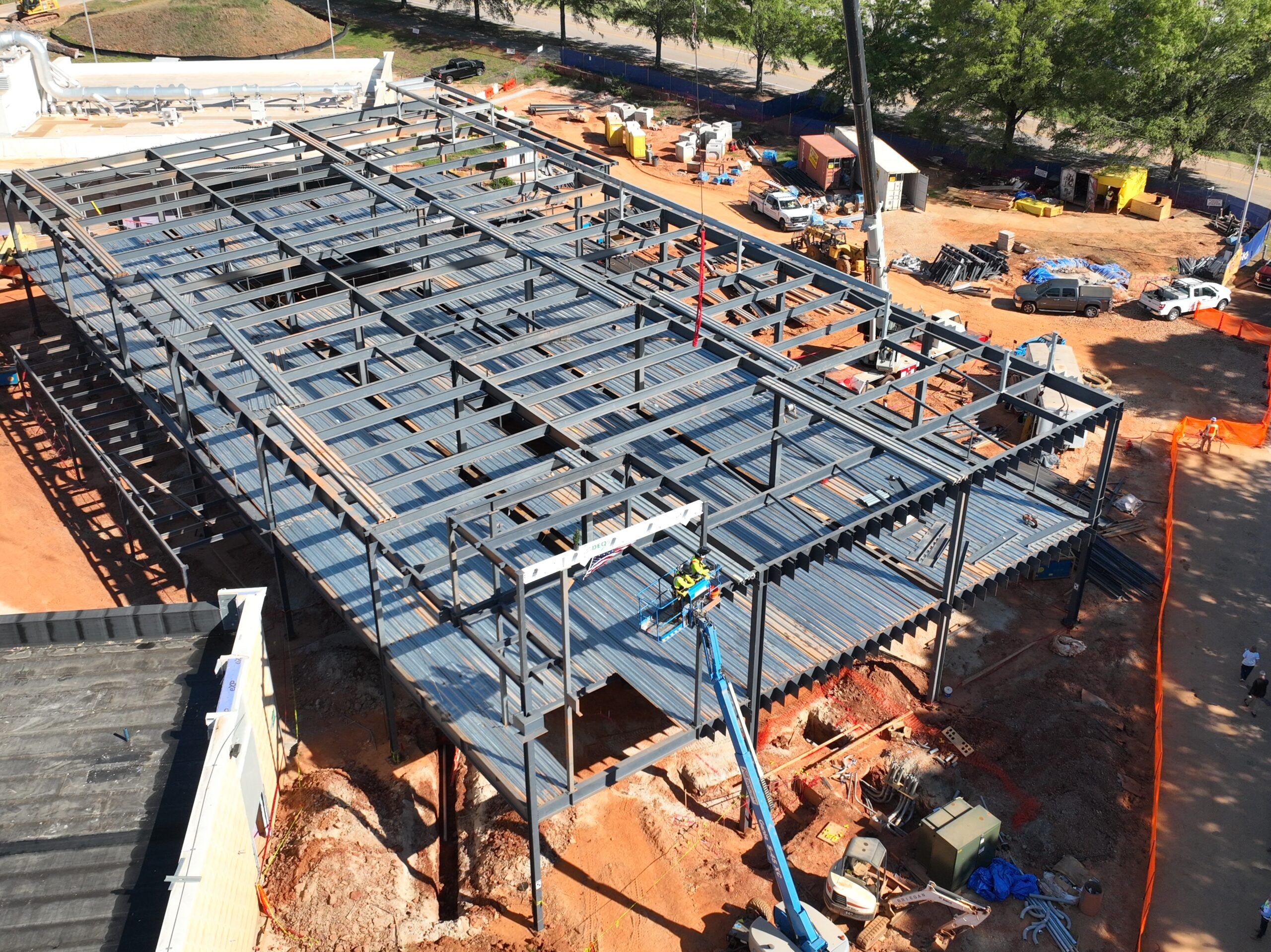Think it’s possible to solve the housing crisis AND increase your property value at the same time?
Accessory Dwelling Units Construction are the future of neighborhoods nationwide. Small, self-contained living spaces are helping homeowners to create extra income while at the same time fixing the affordable housing crisis in America.
Hold on a minute…
The housing market is a mess. With the US short at least 6.5 million homes across the entire spectrum, traditional approaches to create housing just aren’t cutting it anymore. ADUs? They’re flipping the entire game.
And here’s why…
ADUs allow you to increase housing supply without the huge costs typically associated. Think…no land acquisition fees, no parking structures, no elevators…you get the idea. When you work with an experienced Portland ADU builder, you can create quality housing without disrupting existing neighborhoods.
You will learn:
- The ADU Construction Impact on the Urban Living
- Why Homeowners are Hurrying to Build These Units
- The Unexpected Economics behind ADU Development
- How to Navigate the ADU Construction Process like a Pro
The ADU Construction Impact on the Urban Living
Accessory Dwelling Units Construction is booming and here’s why…
26% of all new housing construction permits in California right now are for accessory dwelling units. We’re not talking a fad here, folks. This is a full-blown housing revolution.
But what makes these units so popular?
They fix several problems all at the same time…
- The housing shortage: Every ADU created is one additional rental unit available in the market
- The affordability crisis: ADUs typically rent out for a lot less than comparable apartments
- Multigenerational households: Families can stay close while still maintaining privacy
- Property values: Homes with ADUs sell for higher prices than those without
Accessory dwelling units construction is so great because it’s so simple. It uses land that is already owned to create the housing that is so in demand.
The best part of it all…
Unlike the huge multi-unit apartment complexes that take years to plan and build, ADUs can be completed in less than 12 months. That means you are putting housing supply online quickly where it’s needed most.
Why Homeowners are Hurrying to Build These Units
Listen up because most people are missing this about ADU construction…
ADUs are one of the smartest financial decisions that a homeowner can make right now. Properties with permitted ADUs sell for 20-25% more than comparable properties without.
Let’s explain the math…
Monthly rents from ADUs can easily be between $1,200 and $2,000 dollars. This figure, of course, will vary depending on your location and size. For many homeowners, that number is equal to the entirety of their mortgage payment.
But there is more to it than the cold hard cash…
ADU construction gives you ultimate flexibility. You can:
- Rent it out for steady monthly cash flow
- Accommodate elderly parents who need some care but also want to live independently
- Create affordable housing for adult children entering the workforce
- Build a home office/studio for your creative hustle
- Make a guest house for visiting relatives
ADU construction is so appealing because the applications are so varied.
The Unexpected Economics behind ADU Development
Get ready for this…
The ADU market is about to explode. The global accessory dwelling unit market is predicted to grow at a CAGR of 7.67% between 2024 and 2034, moving from $18 billion to $43.35 billion.
Here’s what makes the ADU economics work so well:
ADUs use cost-effective wood frame construction, which is much less expensive than new multi-family developments. You’re simply building a smaller house without having to pay for land.
The average cost of construction can be in the range of $150,000 to $300,000. This, again, will depend on the size and finishing touches you want. Compare these numbers to median home prices hovering above $400,000, and you begin to see why ADUs make sense from a financial standpoint.
Almost 49% of homeowners are exploring ADU construction specifically for rental income generation or to provide housing to aging family members.
The financing world is also evolving to meet this new demand:
- Banks are creating ADU-specific loans
- Government programs are created to reduce upfront costs
- Tax incentives are being rolled out by some states
- New ways to finance are opening these projects up to middle-income families
How to Navigate the ADU Construction Process like a Pro
Accessory Dwelling Units Construction doesn’t have to be difficult if you know what you’re doing. Here is the easy to follow process:
Step 1: Know your local zoning laws.
Most cities in the US right now have laws on the books allowing ADUs. There are, of course, requirements, and these will vary. For example, some limit size to 1,200 square feet, while others allow ADUs to be up to 50% of your main home’s size.
Step 2: Decide on your ADU type.
There are several options:
- Detached units that offer maximum privacy but come with a heftier price tag to build
- Attached units share utilities and tend to be less costly to construct
- Garage conversions typically the most affordable ADU option
- Basement conversions work best with homes that have high ceilings
Step 3: Choose your ADU construction approach.
- Custom construction for maximum flexibility in the design
- Pre-designed plans to save money on architect fees
- Modular units for a faster install time
- Kit homes for the most budget-friendly option of all
Don’t cut corners on the permitting process.
Yes, it will take time, and we are in the permitting business because we know that when it’s time to go to market, you will have some very unhappy customers if you have not gone through this process with an ADU company you trust. It’s why we like to partner with the homeowner, with every step of the way.
The key to successful ADU construction is planning ahead. Know your budget, your local requirements, and work with contractors that have a proven track record with ADUs.
Making the ADU Construction Work for Your Situation
Every single property is unique, and every homeowner has different goals. The following is what you must consider:
- Your lot size and layout are critical to what type of ADU is most logical. A small lot may work better with an attached unit or a garage conversion. Bigger properties with more room can support detached ADUs.
- Local rental market conditions will determine your potential income. Always do your research and determine comparable rents in your area to know the return you could be getting on your investment.
- Your long-term goals for the property should be considered too. Building an ADU for family members will require a different set of considerations than building one to generate rental income.
The construction timeline usually works as follows:
- Planning and permits: 2-4 months
- Foundation and framing: 3-4 weeks
- Utilities and systems: 2-3 weeks
- Interior finishing: 4-6 weeks
- Final inspections: 1-2 weeks
Most ADU projects will take between 6-8 months from the moment the permit is approved and the time it is ready for move-in.
Conclusion
Accessory Dwelling Units Construction are the way forward to solving America’s housing challenges. These small, self-contained homes provide an opportunity for financial gain for the homeowner while also creating desperately needed rental housing stock in tight markets.
The numbers prove that the popularity of ADU construction is because it simply works. Whether you are looking to make money with a rental property, house family members, or just increase your property value, ADUs have the solution for you.
Ready to learn more? Check out your local rules, set a budget, and find experienced contractors that specialize in ADU construction. With a little planning and the right approach, your ADU project will provide benefits for years to come.
The housing crisis isn’t going to go away anytime soon. But ADU construction is a way that individual homeowners can be part of the solution and build wealth for their families at the same time.












